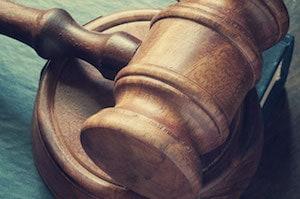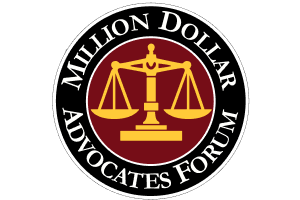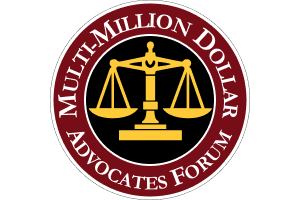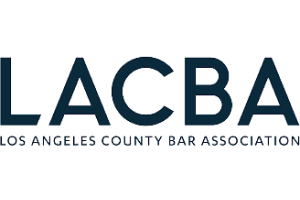California Laws for Hit and Run Pedestrian Accidents
August 14, 2017

San Diego personal injury lawyers often receive calls to represent individuals injured as a result of car accidents. Driving is a large part of Southern California culture.
The California Court of Appeals recently reached a decision in a Los Angeles car accident case, Ramos v. Pong, Cal. Ct. App. (2017), which is instructive on the matter of cases in which a pedestrian is hit and injured by a driver who then flees the scene.
The case arose out of an incident in which the defendant driver hit a pedestrian crossing the street. The defendant conceded negligence by way of a pre-trial stipulation, thus making the sole issue at trial that of damages. The defendant had offered a settlement under Code of Civil Procedure section 998 in excess of $20,000. At trial, however, the jury awarded the plaintiff damages of $16,800. The plaintiff appealed, challenging in particular the trial court’s ruling to exclude evidence regarding the defendant’s failure to stop.
The plaintiff argued that the defendant driver should have been held liable for failing to stop and render her aid, subject to California Vehicle Code sections 20001 and 20003, which require a driver to stop and give various information to the person injured, in addition to rendering reasonable assistance relevant to securing medical treatment as necessary for the injured party.
The plaintiff attempted to argue that she suffered additional emotional distress as a result of the defendant failing to stop and render aid. Upon an examination of the plaintiff’s argument, the court determined that the purpose of the statute in question was to ensure that drivers who injured others were held accountable when the injured party became incapable of preventing further injuries from occurring. In the landmark case mentioned, Brooks v. E. J. Willig Truck Transp. Co. (1953), 40 Cal.2d 669, for example, the court discussed how the injured party was believed to have been hit by a second vehicle because the first driver who had struck him failed to stop and remove him from the roadway. Thus, the court pointed out, the class of individuals intended to be protected are those who are unable to remove themselves from suffering any future potential harm and those unlikely to be able to safely pursue medical treatment without the help of others.
Here, though, as mentioned, according to evidence presented by the defendant, the plaintiff continued crossing the street following the collision and did not appear to be seriously injured. Additionally, the court pointed out that there was no trial transcript included in the evidence submitted on appeal. Thus, it stated, “[t]o our knowledge, no California appellate court has imposed negligence liability for emotional distress based solely on a failure to stop after hitting a pedestrian who was assisted by a passerby to a place of safety and whose physical injuries were not exacerbated by the driver’s failure to stop.”
Therefore, the judgment of the trial court to exclude the evidence was affirmed.
Auto collisions can lead to serious, life-altering injuries. When victims are injured because of the carelessness of another driver, they are usually entitled to compensation for their injuries. If you were injured in a San Diego car accident caused by the negligence of another driver, contact The Rubinstein Law Group to schedule a free consultation.










